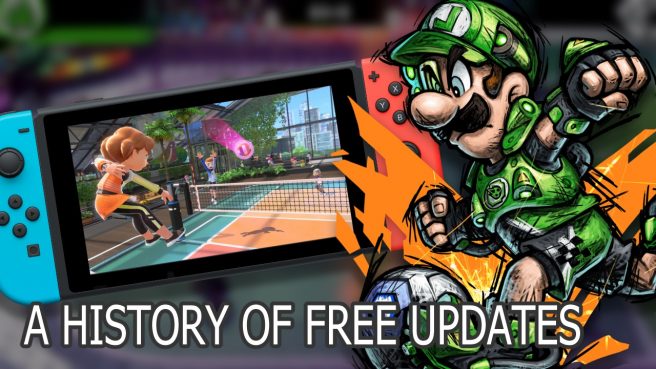The history of the “free update” model in Switch games
Today, we’re going over the history of the “free update” business model of certain first-party games released for Switch.
Free updates and DLC weren’t quite as common for Nintendo games back in the Wii U and 3DS era. Company culture changes aside, one possible reason for this is that those consoles could only store so much extra data and updates for their games (with Super Smash Bros. pushing the limits of this restriction). Needless to say, things have sort of changed during the Switch era. Free updates have gone from a nice bonus to… something else, we’ll say. Here are some of the most prominent examples of Switch games that relied on a free update content cycle, and what these updates added to each game.
Kirby Star Allies
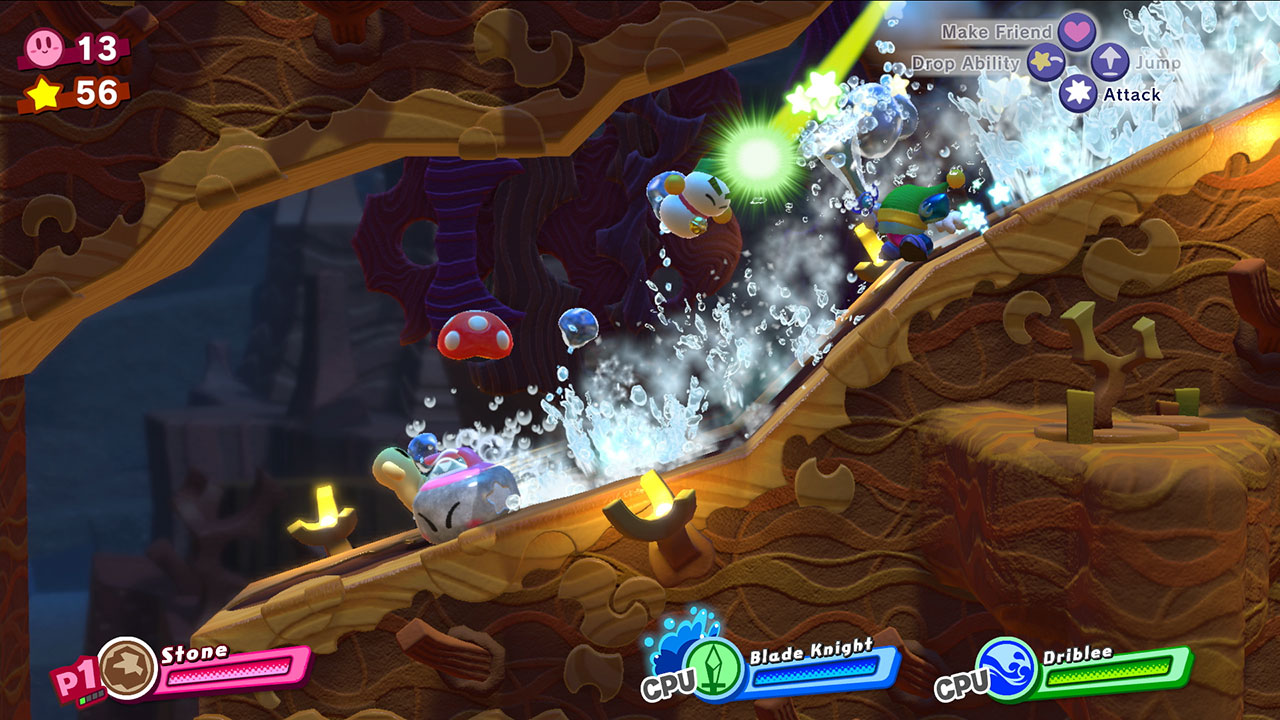
Something especially important to note: game development is hard. Certain projects have strict deadlines, and it’s not always possible to get all of a game’s intended content ready for launch day. In other words, Nintendo games that worked on the free update model aren’t inherently lazy; it’s just a different way of supporting a game (that not everyone is a fan of). The first game to really employ this model was Kirby Star Allies, which is an odd choice given that most of the other games on this list are focused on online multiplayer. Upon launch, Kirby Star Allies was generally received quite well, but it was understood to be a more watered-down experience than 2016’s Kirby: Planet Robobot and even 2013’s Kirby Triple Deluxe. Star Allies’ story mode had much easier levels across the board, and could easily be cleared in around 4 hours. Pair that with the mini-games (Chop Champs and Star Slam Heroes) being simpler than the ones we’ve seen in the past, and you’ve got a game with not a ton of content for its full price of $60.
That’s where Kirby Star Allies’ free updates came in. Many of these added completely new playable characters with fully unique movesets, plus exclusive levels when you play as them in Guest Star mode. A brand-new mode, Heroes in Another Dimension, was also added to the game in one of the later updates. Though it’s not a long mode by any means, it did add something else to do. A brand-new difficulty for this game’s version of The Arena made its debut too, featuring an even stronger final boss that does pose a real challenge – that is, if you don’t use Stone’s invincibility to trivialize its attacks.
Overall, it was an interesting choice to employ a free update model for Kirby Star Allies. The same didn’t happen with Kirby and the Forgotten Land – in fact, that game has not had a single update, not even for bug fixes. Maybe it’s because Kirby Star Allies was intended to be a celebration game of sorts? We think the developers absolutely knew that a new era of Kirby was coming after Star Allies, and it shows – Dream Friends from previous games being a clear example.
Mario Tennis Aces
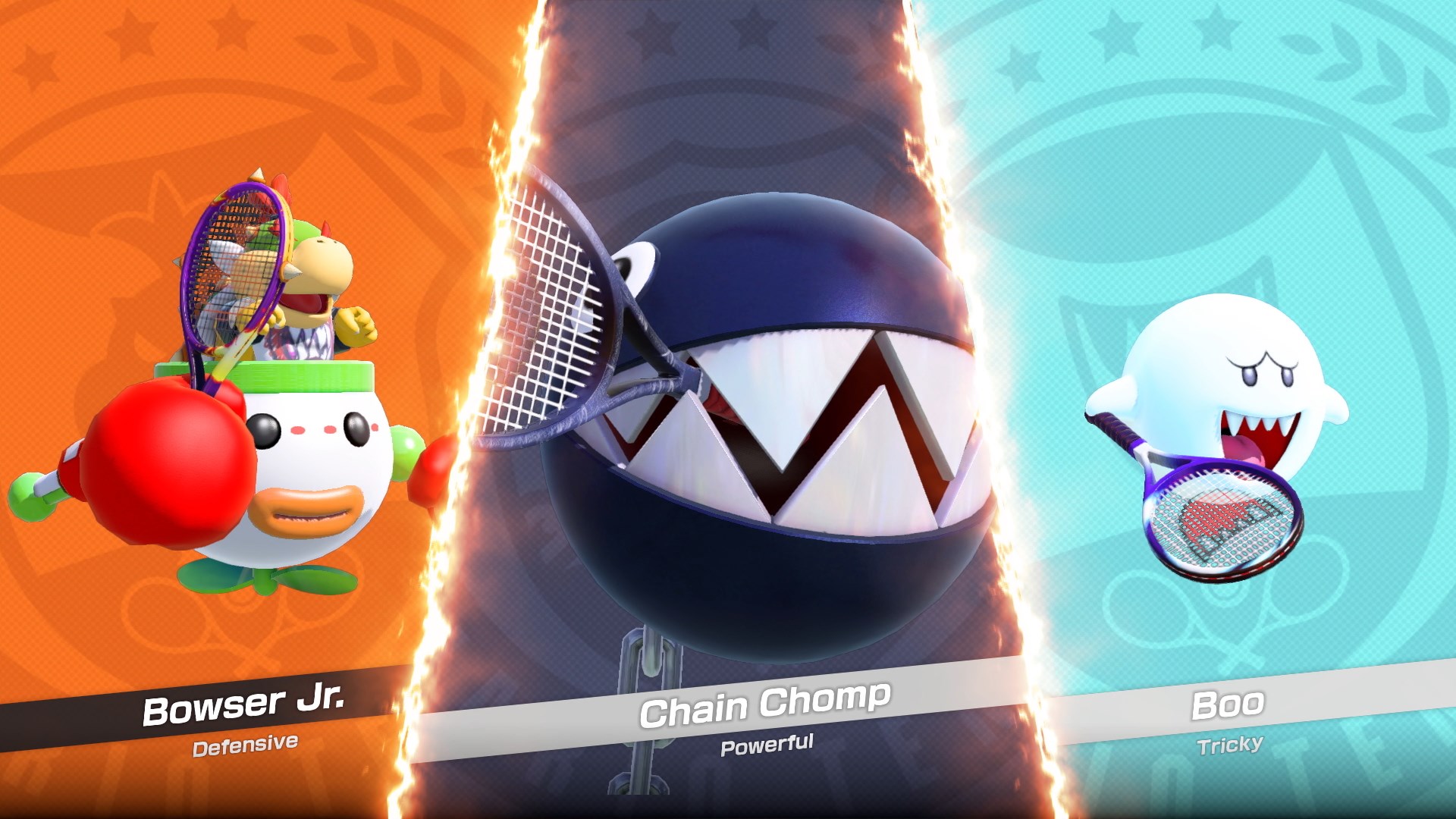
Mario Tennis Aces was the first online multiplayer-focused game to employ the free update model – and it got a lot of free updates. Interestingly enough, however, the first few updates focused on balance changes and quality-of-life changes in adventure mode. In a way, then, the first wave of updates for Mario Tennis Aces treated it like a competitive game. Eventually, new characters were added to the game in a unique way. Basically, you’d have to go online and play a monthly tournament match to claim the new character. If you didn’t do that, you’d instead have to wait a couple of months for the character to unlock on its own.
Overall, Mario Tennis Aces added characters like Pauline, Fire Piranha Plant, Dry Bowser, Blooper, Diddy Kong, Dry Bones, and more. The updates here were substantial, and you could claim each character without necessarily having to play online. That being said, many future multiplayer games with free update models place a higher emphasis on repeatedly playing online matches to unlock content already in the game.
Animal Crossing: New Horizons
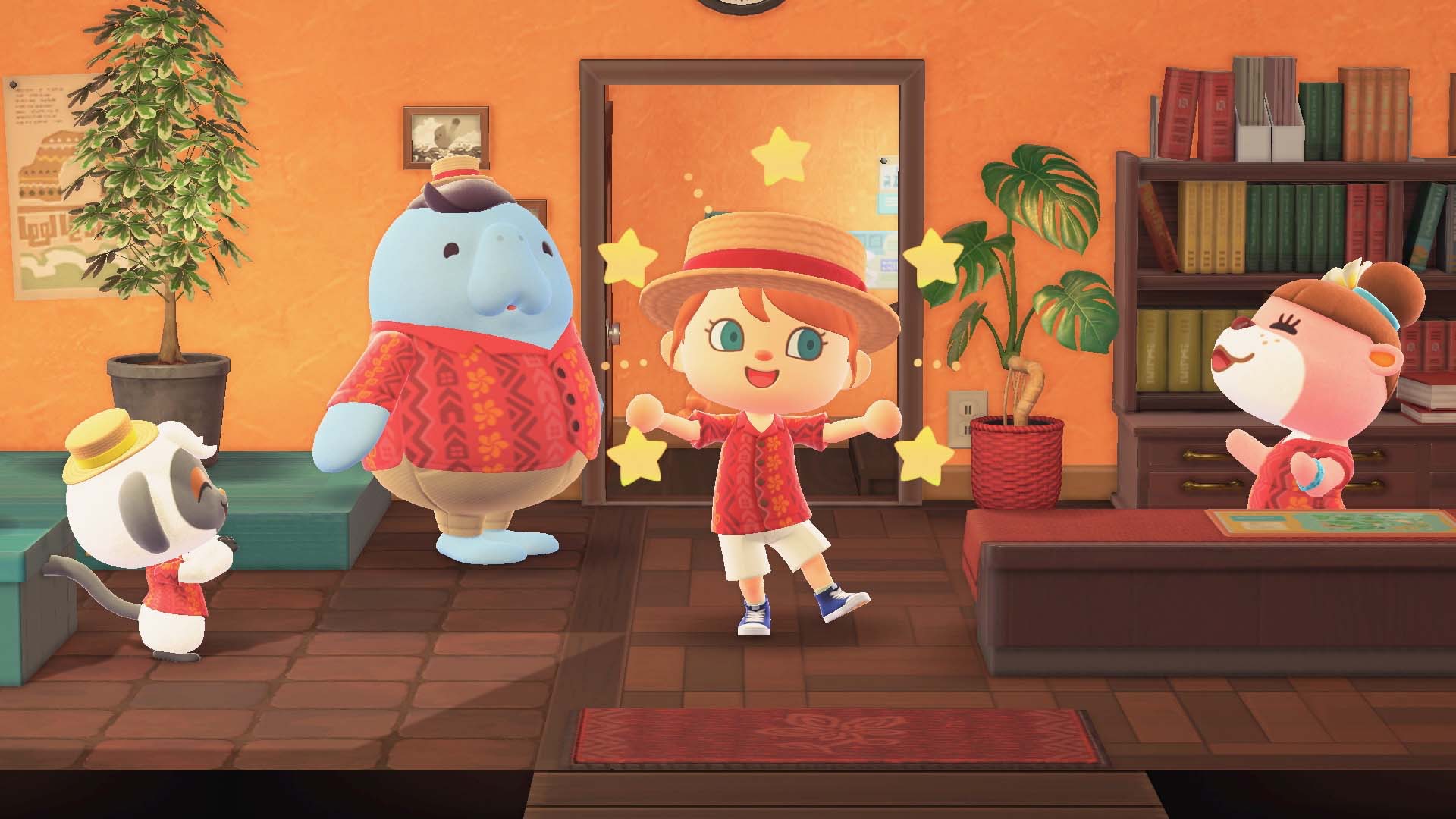
There was only a little bit of frustration regarding Mario Tennis Aces’ content model when it released, but Animal Crossing: New Horizons brought this to a whole new level. The Nintendo EPD group that develops Animal Crossing also develops Splatoon, and both games have become synonymous with free updates. Financially, things worked out for New Horizons in many ways. The game was originally slated for release in 2019, but it was eventually delayed to March 2020 – during the height of the pandemic. This certainly contributed to its financial success, and New Horizons is currently the best-selling game in the franchise by a longshot.
Unfortunately, it does seem like the game was delayed for a reason: it launched with very little content. If you played the game without time traveling, you’d have about two weeks’ worth of building up and upgrading your island and unlocking features before it all came to a stop. At launch, New Horizons didn’t have swimming, Gyroids, holidays, bushes, Redd’s art and paintings, Pascal, Gullivarrr, the fireworks show, the Dream Suite, cooking, Sanrio villagers, Brewster’s cafe, Kapp’n boat tours, group stretching, and the Harv’s Island expansion. Every three or four months, the game would receive an update adding one of these elements – two if it was a really good update.
Until the release of the 2.0 update and Happy Home Paradise DLC a few months short of two years after release, Animal Crossing: New Horizons felt barren and frankly boring after you went through your town’s development and unlocked Island Designer. If you did switch the date, you could see all of the game’s upgrades in a real-life day or two’s worth of day switching. A significant amount of content was left out of the base game and drip-fed over the course of almost two years, and none of the little updates felt major because the elements that were added were relatively minor on their own. What makes an Animal Crossing game special is a ton of little features coming together to form a cohesive experience, and New Horizons lacked a lot of them in the base game.
That’s not to say New Horizons is bad, however – it’s just a different direction for the series. The game focuses more on island customization than things like character interaction. The ability to place furniture outside freely alone is huge, and makes it so that going back to Animal Crossing: New Leaf isn’t necessarily a wholly better experience. Speaking of which, New Leaf received a huge free update a few years after its release. It’s not quite the same as New Horizons, though, because players found the base game of New Leaf to be rather complete (and not missing many major features from previous titles).
Mario Golf: Super Rush
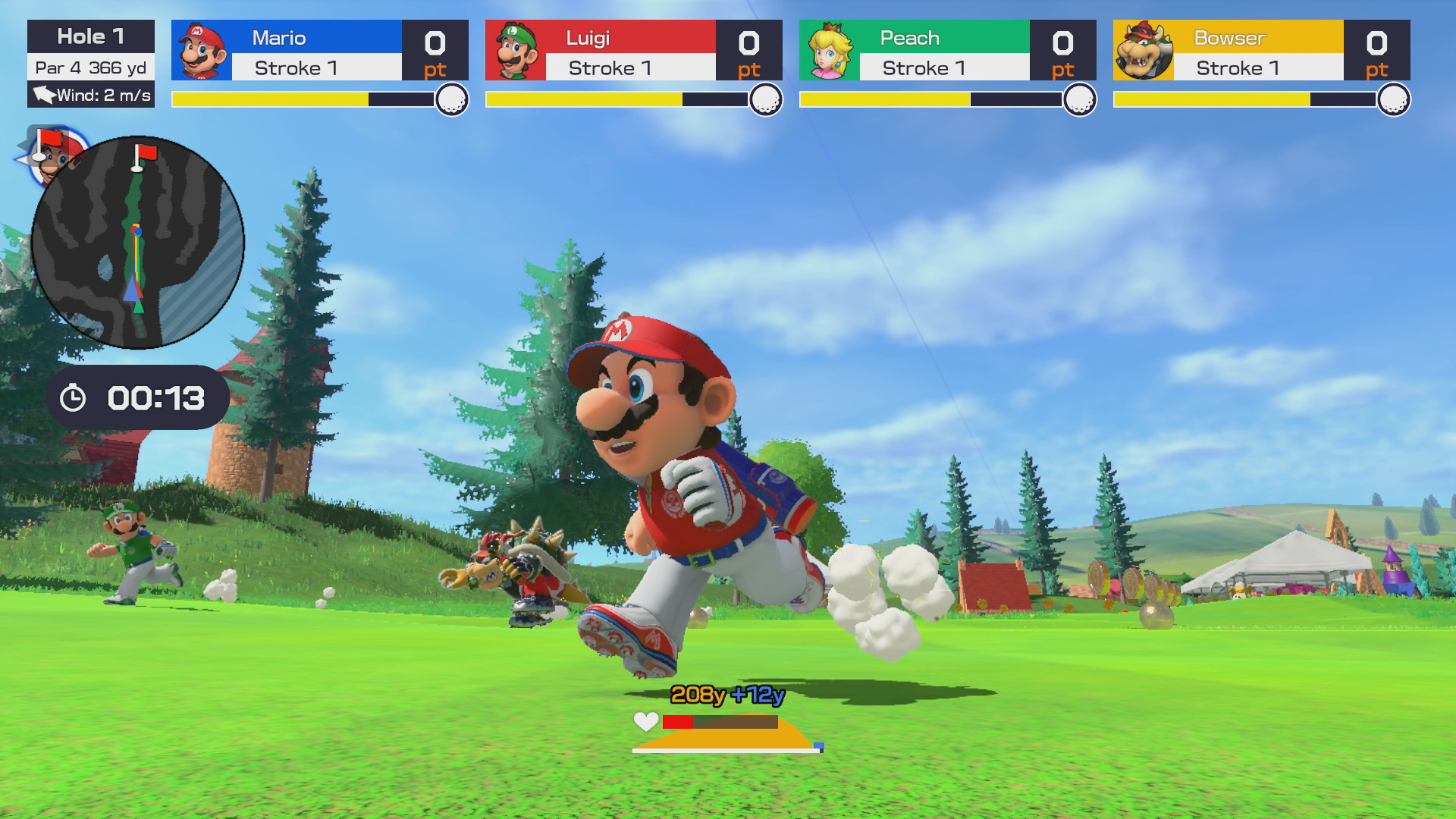
By now, you might notice a pattern here! Indeed, most of the free update games on Switch were sports titles, and Mario Golf: Super Rush was no exception. It wasn’t the worst case of being barebones on launch, but players did criticize it for a lack of courses to play on and a rather boring adventure mode. Overall, updates to this game added five new courses, five new characters, and even a new mode. Substantial stuff, then, but the game actually did receive fewer updates than Mario Tennis Aces a few years prior. Even after the updates, Super Rush was still criticized for relatively little in terms of single-player content. Unfortunately, this wouldn’t be the last Mario sports title to adopt the free update model.
Pokemon Brilliant Diamond and Shining Pearl
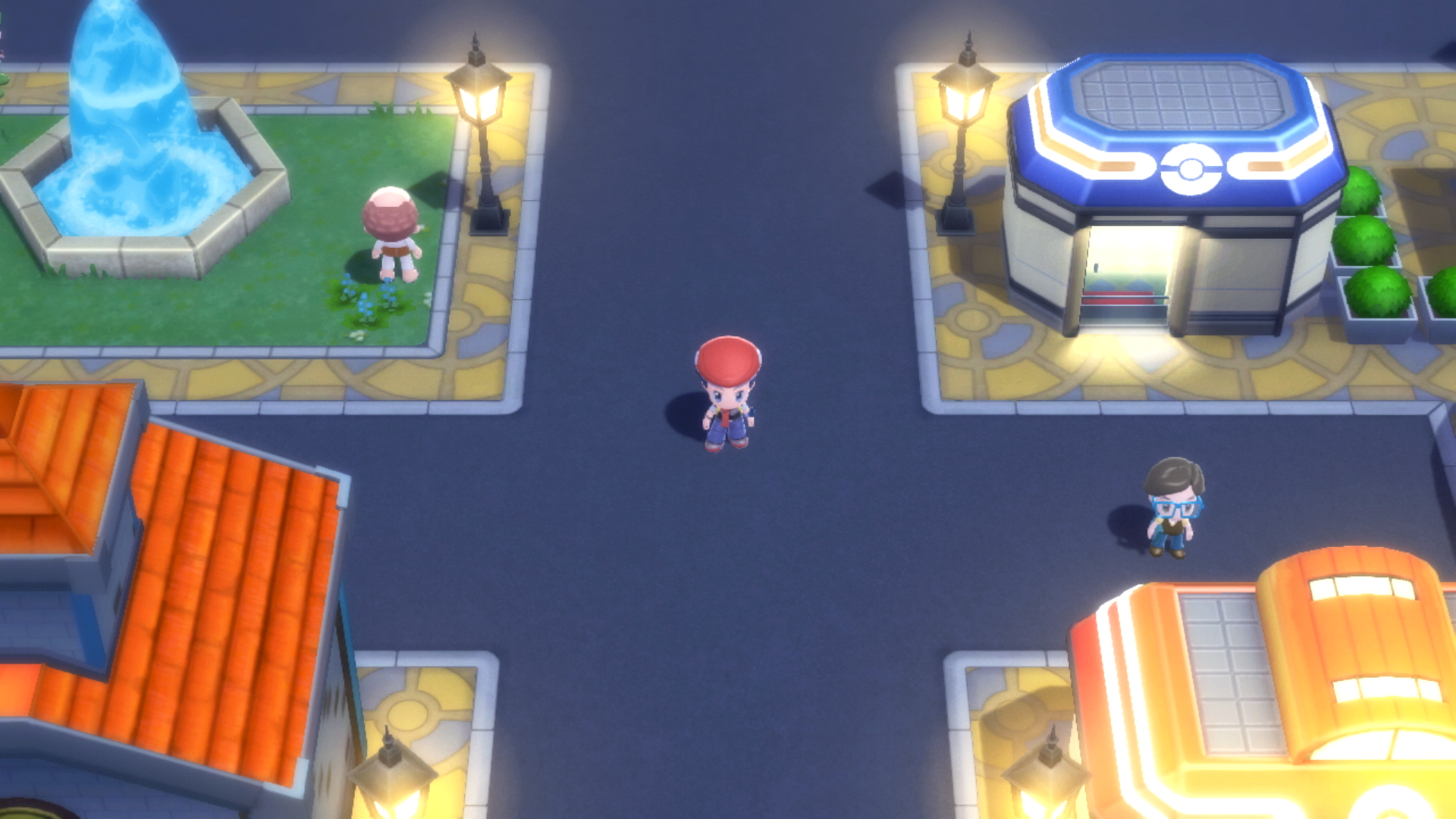
By all means, this game is kind of an anomaly. Unlike the other titles on this list, Brilliant Diamond and Shining Pearl likely weren’t intended to release new features over time – instead, they almost certainly suffered from an incredibly short development time. In ten years when the Switch’s update servers have gone offline, some cartridge versions of BDSP won’t be complete versions of the game. The game originally shipped with an incomplete, MIDI-style soundtrack, no title screen, and no postgame. Theoretically, this would make post-Switch servers closure BDSP have far less content than their original versions on DS. Furthermore, it took three months for a patch to release that fixed multiplayer rooms by allowing up to eight players to join.
Perhaps most egregiously, however, was a building in Jubilife City. In the originals, this was the GTS – where you could perform trades with other players over the internet. That was removed from BDSP and replaced with the GWS (the Global Wonder Station), which would let you Wonder Trade instead. Passing by this building would give you a message that the GWS wasn’t open yet, and players wondered why it was taking so long. Indeed, it wound up taking almost six months for the developers to release an update that enabled its functionality. It’s a minor feature, but between this and the incomplete soundtrack on the cart, it’s clear that BDSP received “free updates” due to a tight deadline (whereas other games presumably did it to gauge their player base and keep people playing).
Nintendo Switch Sports
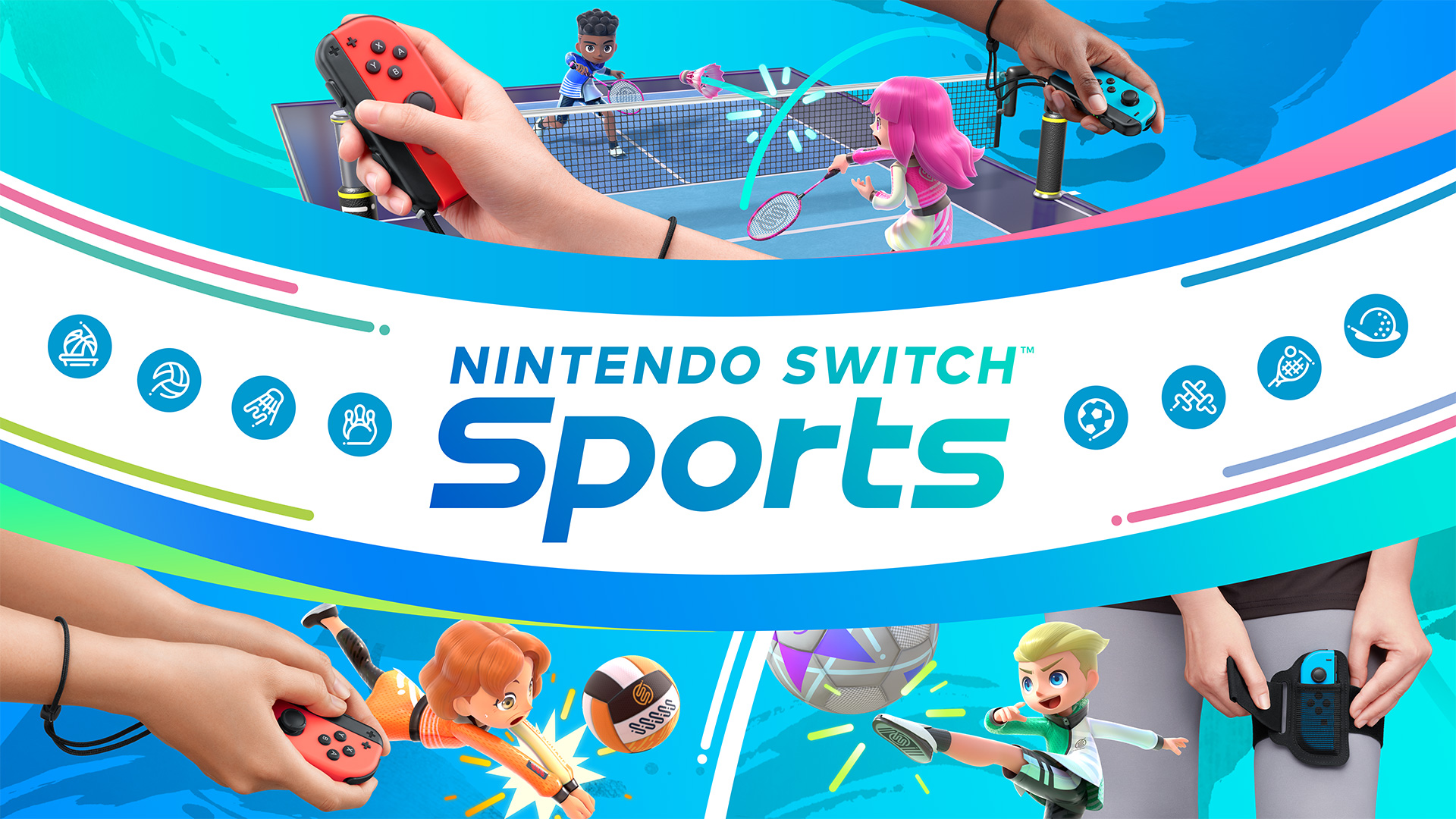
Nintendo Switch Sports game is yet another sports title that relied on free updates – in fact, it just received another one adding Basketball out of the blue. Despite being a follow-up to Wii Sports and Wii Sports Resort, Nintendo Switch Sports had fewer sports available than either of them on launch. It’s difficult to beat Wii Sports Resort, but Nintendo Switch Sports is $60 and only has seven sports (whereas Wii Sports Resort costs less and has almost double that). Furthermore, two of Switch Sports’ activities weren’t available on launch; Golf and Basketball. Some would say that Switch Sports is still lacking on content, even after its numerous free updates.
Mario Strikers: Battle League
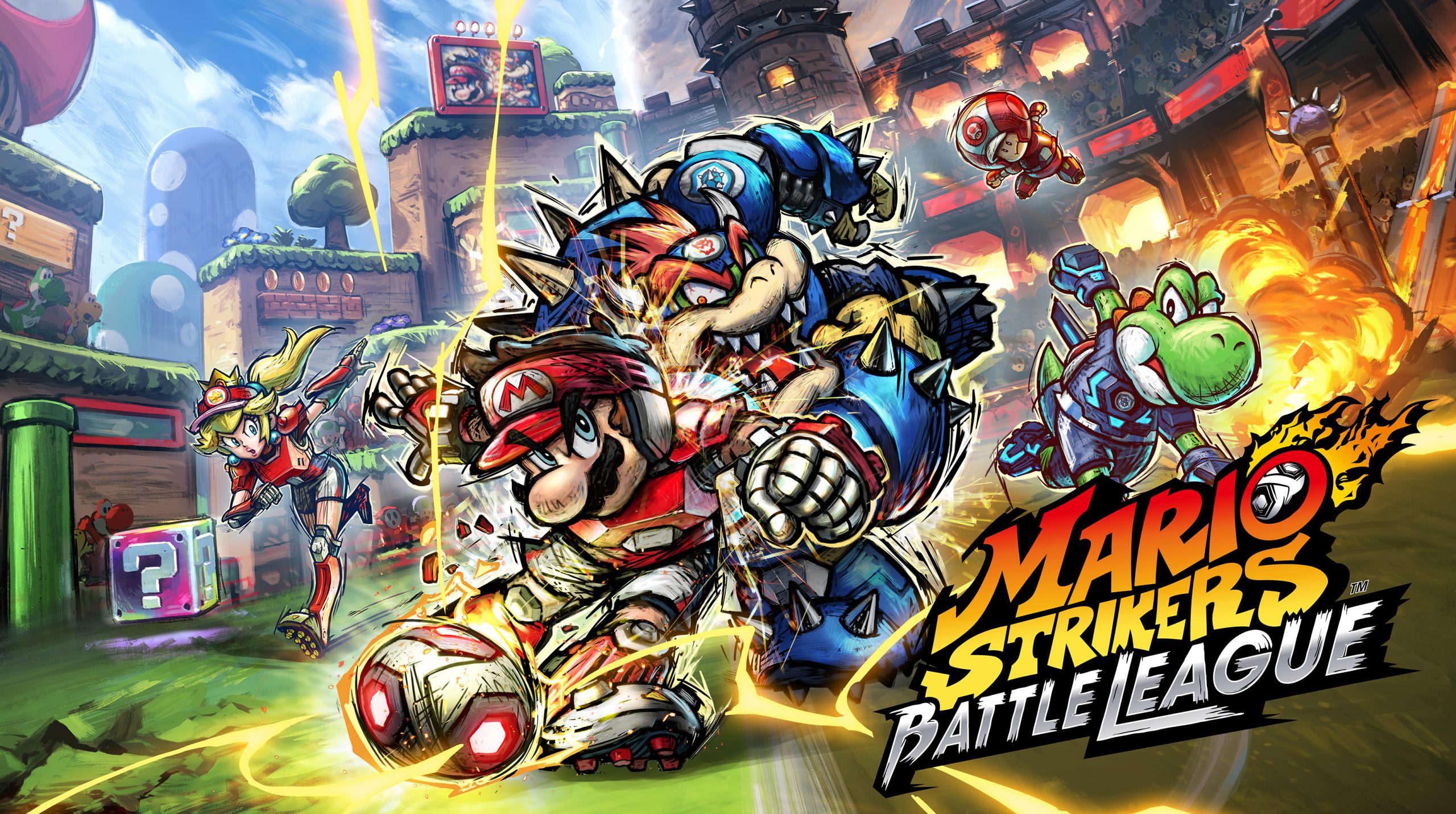
This right here is the absolute peak of the “free update” model, and for many it’s the game that really highlighted the problems this content cycle had to offer. Mario Strikers: Battle League launched with very little in terms of content. You could play multiplayer online or locally with friends, but the character selection was incredibly small and there was almost no single-player content to speak of. In fact, Daisy, a Mario Strikers staple, didn’t even make the base game – she was added a month later as part of a free update. The same goes for Shy Guy, Pauline, Diddy Kong, Bowser Jr., and Birdo – these characters are solid choices. For the base game, that is! When it comes to DLC characters in Mario sports games, we’d prefer to see more deep cut picks. Not necessarily anything from Mario & Luigi or Paper Mario since that’s unrealistic, but good examples are characters like Chain Chomp from Mario Tennis Aces and Ninji from Mario Golf: Super Rush.
A few more stadium types were added as part of free updates, too, but the variety was still incredibly lacking by the end of the update cycle in late 2022. That’s what Battle League was missing most: variety. The core gameplay was there, but the lack of unique characters and stages made matches feel too similar to each other. At launch, there were only just enough characters to completely fill up one match consisting of two teams. That means the exact same characters would play in every match!
The problem with “free update” models isn’t that the updates are free instead of paid DLC. It’s that players sometimes feel like games that heavily advertise free updates are released incomplete, in a way, as if content that should’ve been in the base game is being held for later for no reason. Theoretically, this would allow Nintendo to gauge the success of their game and either continue to create content or cancel their content plan altogether based on its financial performance. This isn’t at all to say that’s actually what they’re doing – but employing a free update model does bring a slew of benefits to the developers, including additional time to create that content if necessary (plus encouraging people to keep coming back to your game when new content becomes available).
What do you think of free updates to games? Do they keep you coming back to play some more, or do you find you’ve lost interest by the time more content becomes available? Feel free to let us know in the comments down below! It’ll be interesting to see if Nintendo keeps this approach for titles on Switch 2. Though free updates do bring potential benefits to the developers, this content cycle has drawn a significant amount of criticism during the Switch era.
